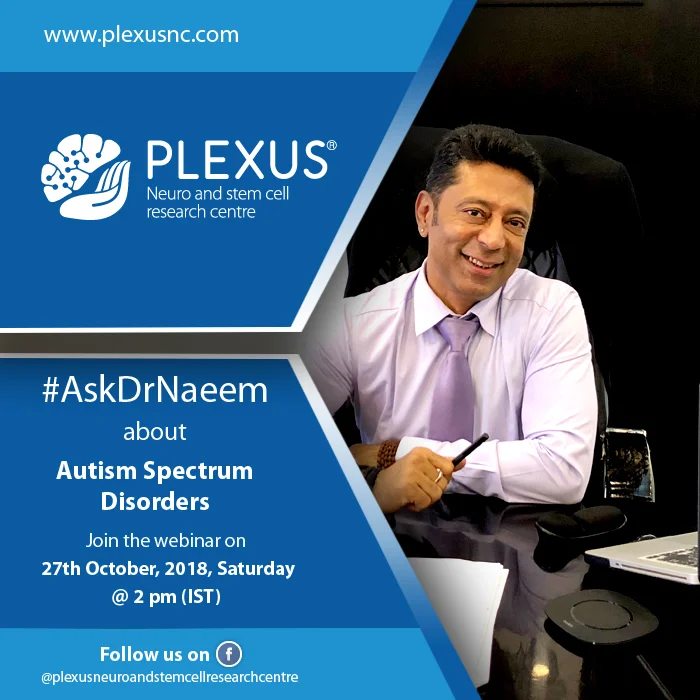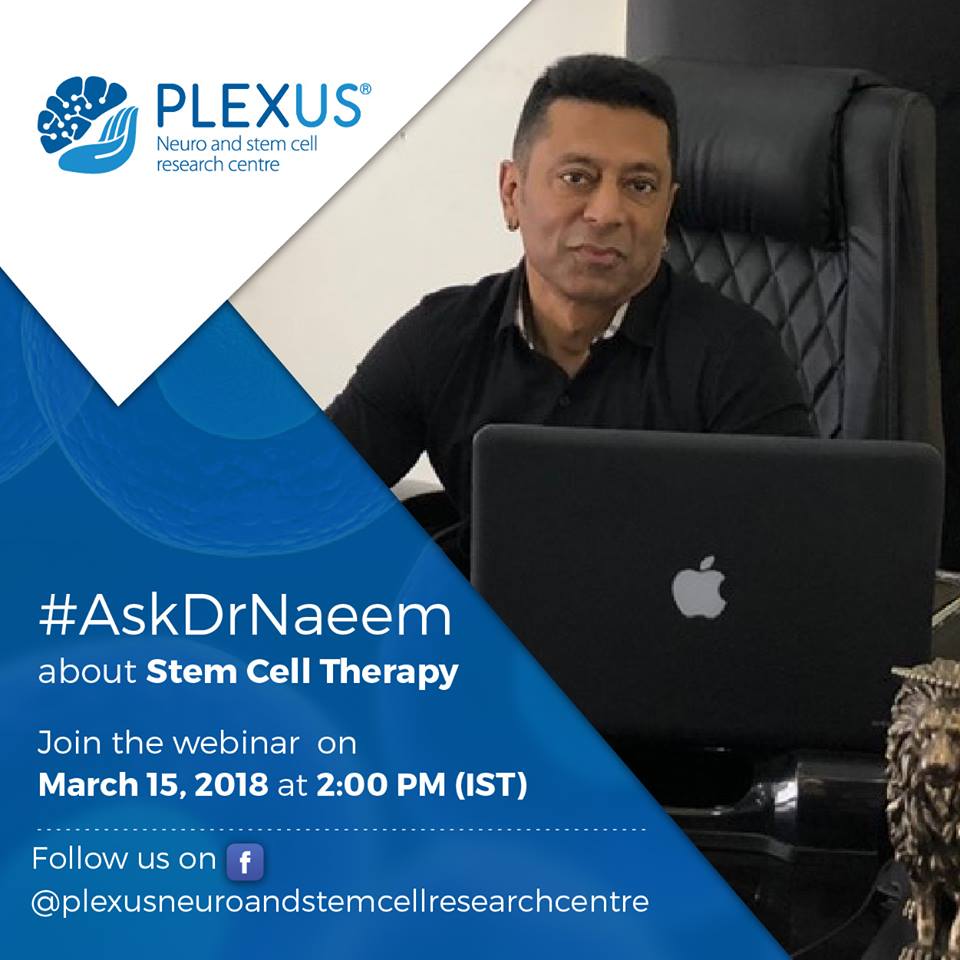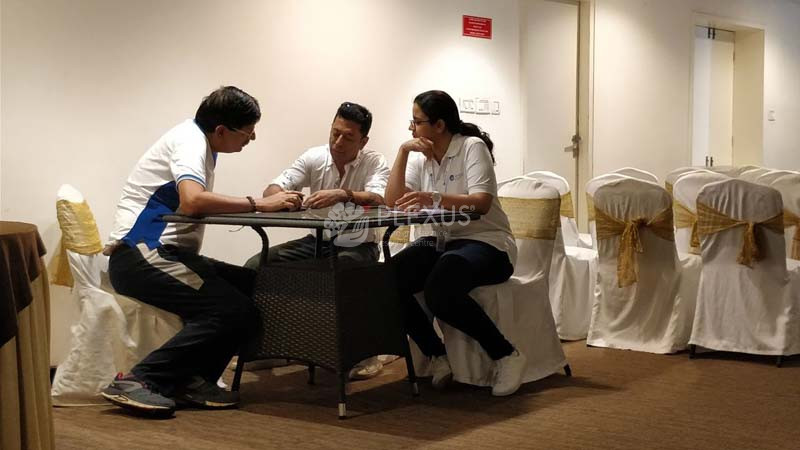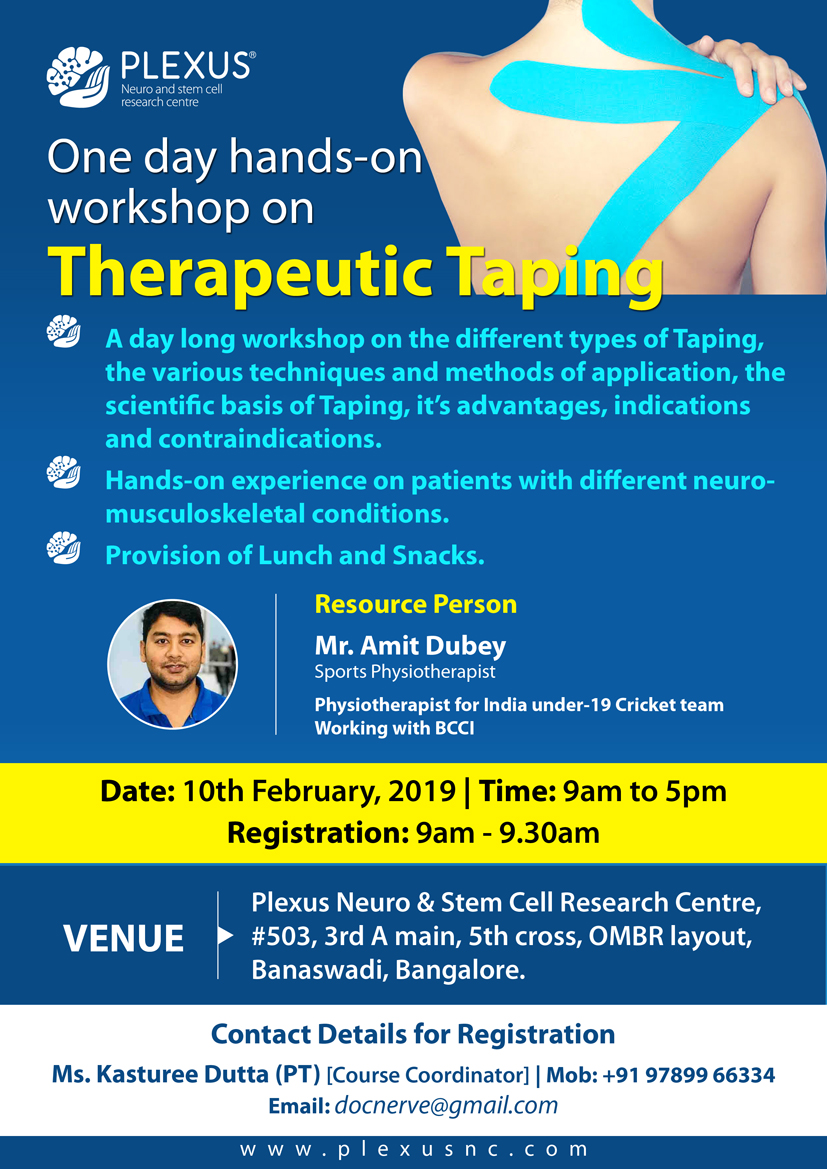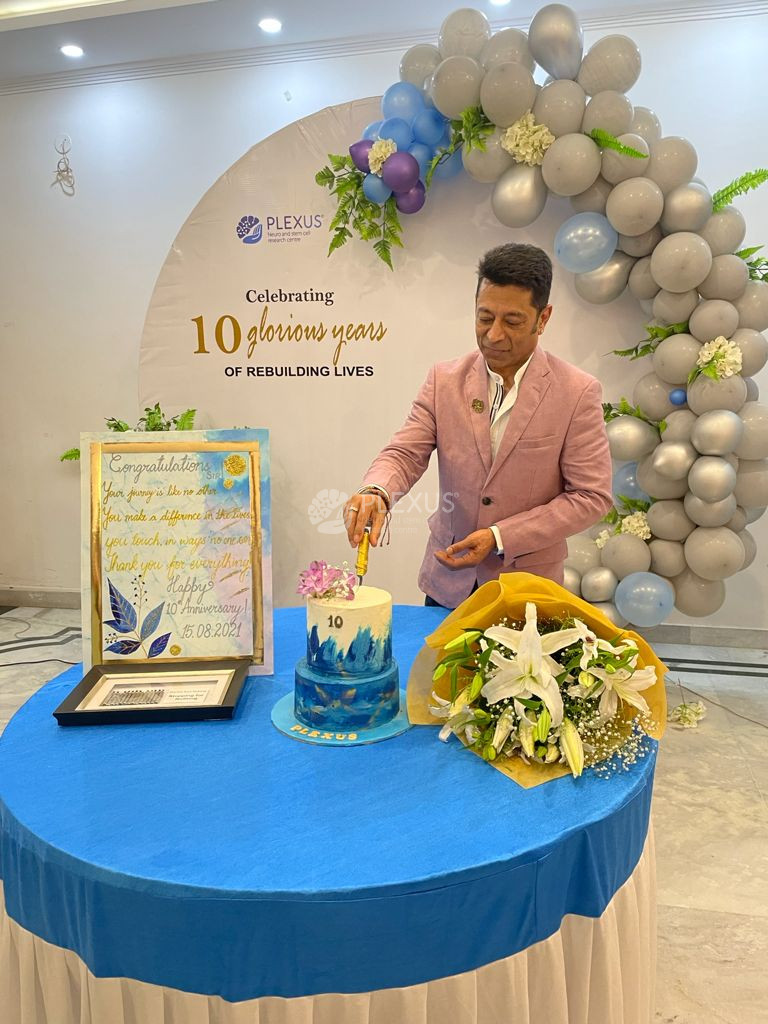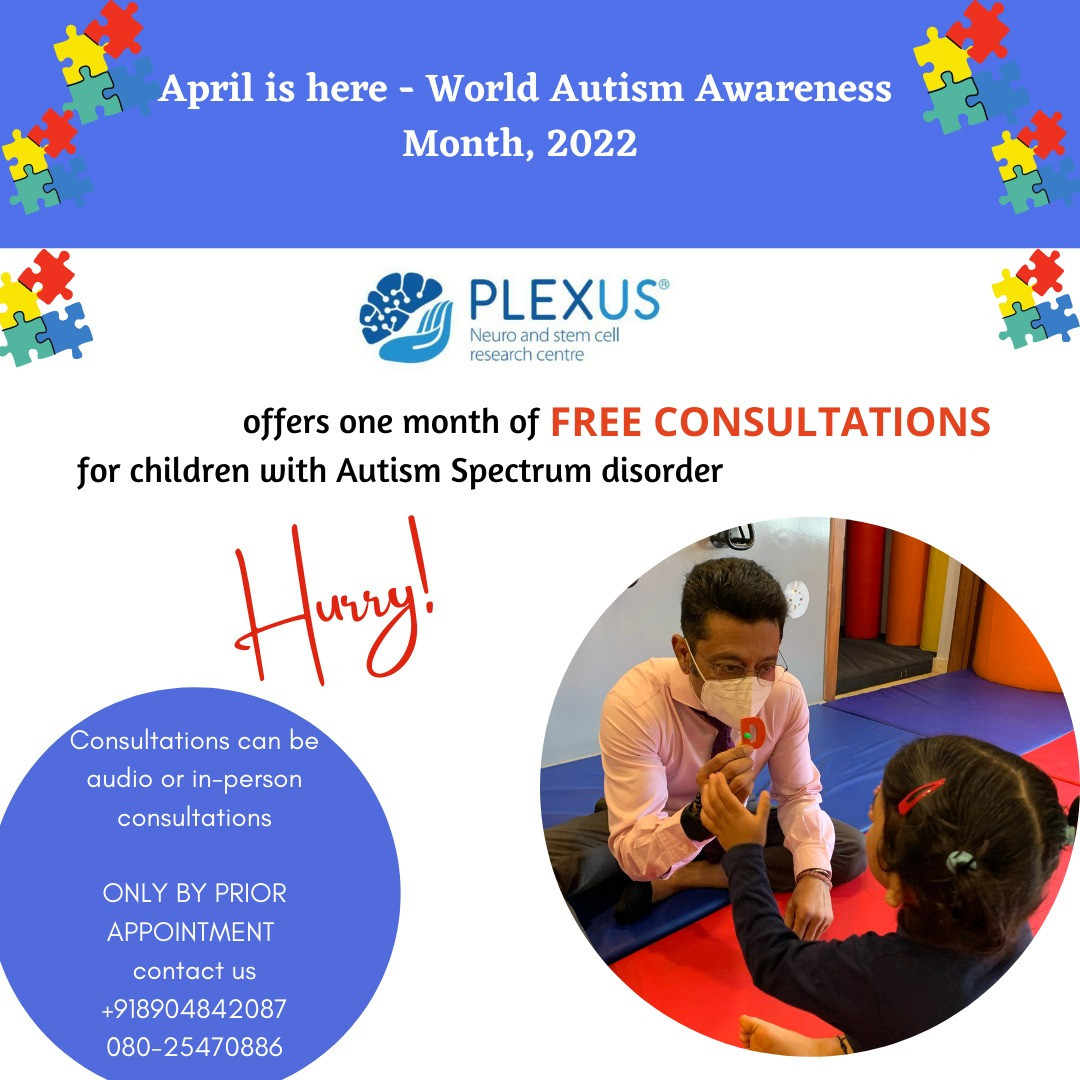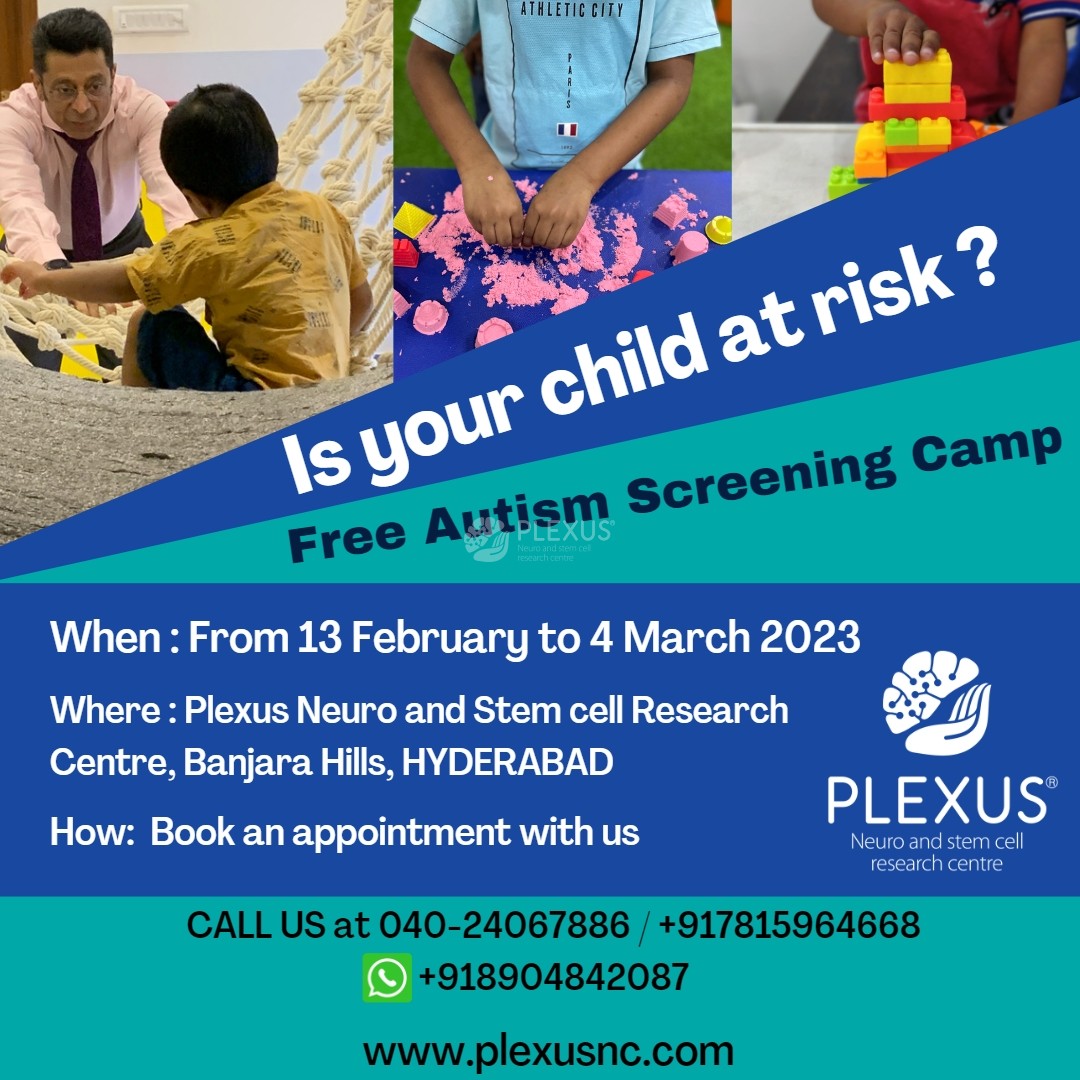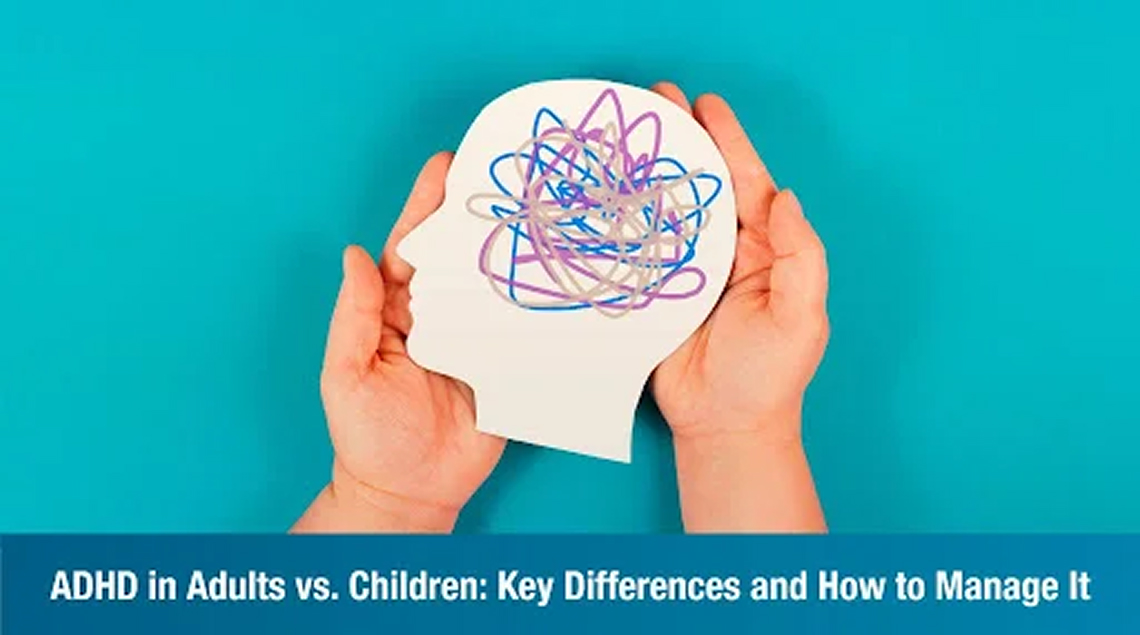
Attention-Deficit/Hyperactivity Disorder (ADHD) is often associated with childhood—restless kids who struggle to sit still or focus in school. However, ADHD is a lifelong condition, and while symptoms evolve, they don’t disappear in adulthood. Many adults with ADHD remain undiagnosed, leading to challenges in work, relationships, and daily life.
So, how does ADHD manifest differently in children and adults? And how can it be effectively managed at different life stages? Let’s explore the key differences and management strategies for ADHD in both children and adults.
Understanding ADHD: A Lifelong Condition
ADHD is a neurodevelopmental disorder that affects attention, impulse control, and activity levels. It is not something a child outgrows, but rather a condition that evolves with age.
Core Symptoms of ADHD:
- Inattention – Difficulty staying focused, easily distracted
- Hyperactivity – Restlessness, excessive movement
- Impulsivity – Acting without thinking, difficulty with self-control
While these symptoms are common in both children and adults, the way they present differs significantly based on age, responsibilities, and social expectations.
ADHD in Children vs. Adults: Key Differences in Symptoms
How ADHD Looks in Children:
- Hyperactivity is more visible – Constant movement, fidgeting, and difficulty staying seated
- Impulsivity appears in behavior – Blurting out answers, interrupting conversations, trouble following rules
- Inattention impacts school performance – Forgetting homework, struggling to follow instructions, making careless mistakes
- Difficulty managing emotions – Frequent tantrums, difficulty handling frustration
- Social challenges – Trouble making or keeping friends due to impulsive behavior
How ADHD Looks in Adults:
- Less obvious hyperactivity – Instead of running around, adults may feel internally restless or constantly “on edge”
- Impulsivity impacts decision-making – Impulse spending, quitting jobs suddenly, difficulty maintaining personal relationships
- Inattention affects work – Poor time management, procrastination, difficulty prioritizing tasks
- Emotional dysregulation – Mood swings, increased frustration, anxiety, and difficulty handling stress
- Challenges in relationships – Forgetfulness, miscommunication, difficulty following through on commitments
Because adult ADHD symptoms are more internalized, they are often misdiagnosed as anxiety, depression, or stress-related issues.
How ADHD Affects Daily Life
In Children:
- School Performance – Difficulty focusing in class, completing assignments, and staying organized
- Friendships – Impulsivity may lead to social misunderstandings or difficulty maintaining friendships
- Home Life – Struggles with following routines, completing chores, or remembering instructions
In Adults:
- Workplace Challenges – Missed deadlines, procrastination, job-hopping, difficulty following through on projects
- Relationships – Forgetting important dates, difficulty listening, impulsive behavior leading to conflicts
- Daily Responsibilities – Poor time management, financial struggles, struggling with household organization
Without proper diagnosis and support, ADHD can impact self-esteem, career growth, and mental health.
Diagnosing ADHD: Why It’s Often Missed in Adults
Many adults with ADHD have never been diagnosed because:
- They develop coping mechanisms that mask symptoms.
- Symptoms like hyperactivity decrease, making ADHD less obvious.
- They were misdiagnosed with anxiety or depression.
Unlike children, who are often evaluated by teachers and parents, adults may only realize they have ADHD when they struggle in their careers or relationships. A diagnosis usually involves clinical interviews, self-reports, and assessments from a mental health professional.
Treatment Approaches: ADHD in Adults vs. Children
While ADHD cannot be “cured,” it can be managed effectively through therapy, lifestyle changes, and (in some cases) medication.
ADHD Treatment for Children:
- Behavioral Therapy – Teaches self-regulation and coping skills
- Parental Training – Helps parents support their child’s unique challenges
- Classroom Modifications – Extra time on tests, structured routines, and fewer distractions
- Medication (if necessary) – Stimulants like methylphenidate (Ritalin) or non-stimulant options
ADHD Treatment for Adults:
- Cognitive-Behavioral Therapy (CBT) – Helps improve time management, organization, and impulse control
- Career & Life Coaching – Assists with goal-setting and productivity strategies
- Medication (if necessary) – Stimulants or non-stimulant options based on individual needs
- Mindfulness & Exercise – Regular physical activity and meditation help improve focus and reduce hyperactivity
Treatment should always be personalized based on the severity of symptoms and lifestyle demands.
Managing ADHD: Strategies for Different Age Groups
For Children:
- Use visual schedules and reminders for daily tasks.
- Encourage physical activity to release excess energy.
- Provide structured environments with clear expectations.
- Help them break tasks into smaller steps to improve focus.
For Adults:
- Use time-blocking and planners to stay on track.
- Set alarms and reminders for important tasks.
- Practice mindfulness techniques to improve impulse control.
- Create a distraction-free workspace to improve productivity.
Small, daily adjustments can help manage ADHD symptoms effectively at any age.
Long-Term Outlook: Can ADHD Symptoms Change Over Time?
ADHD symptoms evolve as a person grows, but they don’t disappear. Hyperactivity tends to reduce in adulthood, but challenges like impulsivity, emotional regulation, and focus issues may persist.
With proper treatment and self-awareness, individuals with ADHD can thrive in school, work, and relationships. The key is to understand personal strengths and challenges and develop strategies that work.
Expert Tips for Parents and Adults with ADHD
For Parents:
- Be patient and provide structured guidance.
- Encourage their strengths rather than just focusing on struggles.
- Work closely with teachers to support classroom learning.
For Adults:
- Set realistic goals and prioritize tasks.
- Use tools like planners, timers, and to-do lists.
- Seek professional guidance if ADHD interferes with daily life.
At Plexus Neuro Centre, we specialize in diagnosing and managing ADHD in both children and adults. Our team offers personalized treatment plans, behavioral therapy, and expert guidance to help individuals thrive.
WhatsApp: +91 89048 42087
Call: +91 78159 64668 (Hyderabad) | +91 93555 33404 (Bangalore)
FAQ’s
1. What are the early signs of ADHD in children?
Difficulty focusing, excessive fidgeting, impulsive behavior, trouble following instructions, and emotional outbursts.
2. How do adult ADHD symptoms differ from childhood ADHD?
Adults experience less hyperactivity but struggle with inattention, impulsivity, disorganization, and time management.
3. What are the best treatment options for adults with ADHD?
Behavioral therapy, structured routines, mindfulness techniques, and medication if needed.
4. How can parents support a child diagnosed with ADHD?
Use structured routines, visual reminders, movement breaks, and positive reinforcement.
5. What foods should be avoided for children and adults with ADHD?
Processed sugars, artificial additives, high-caffeine foods, and preservatives.

